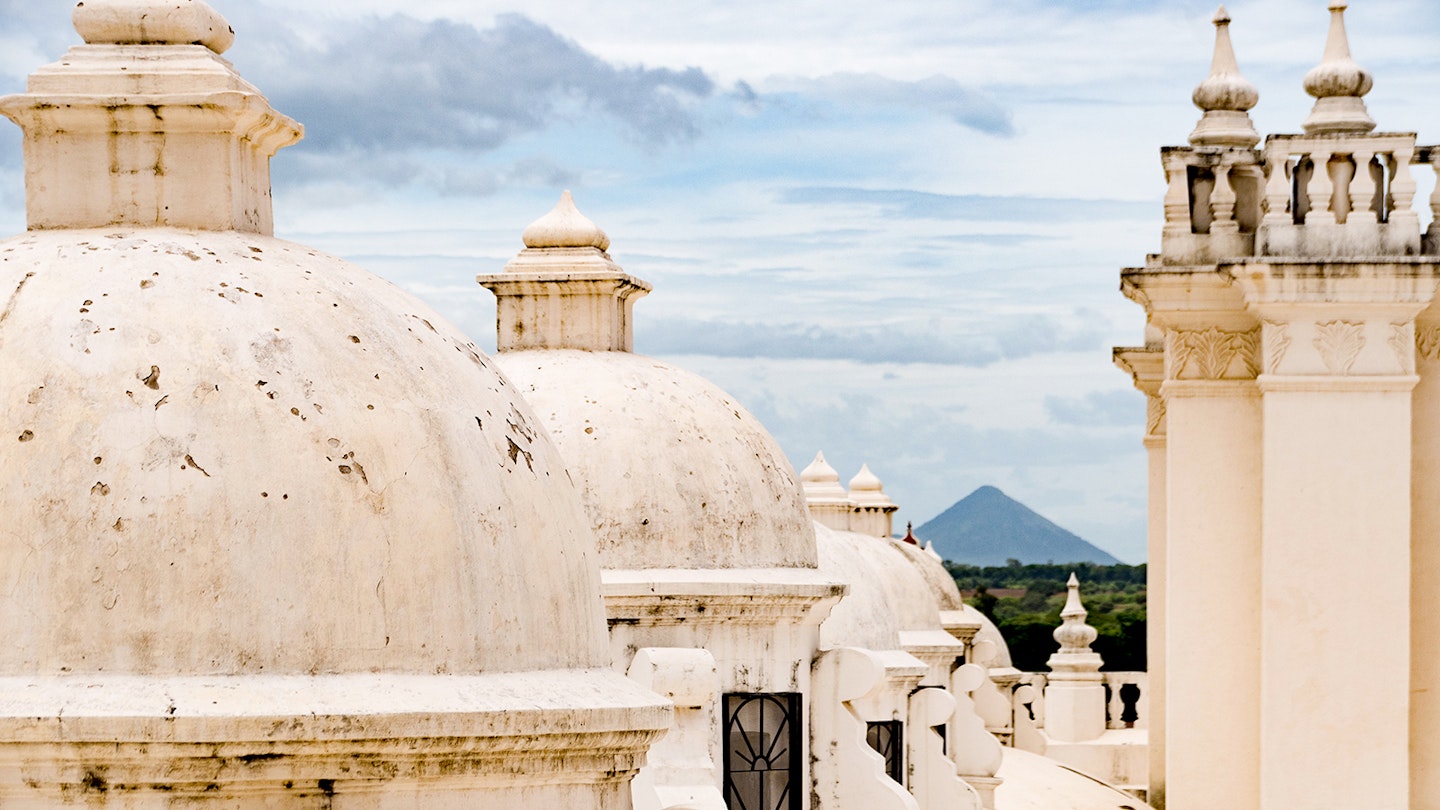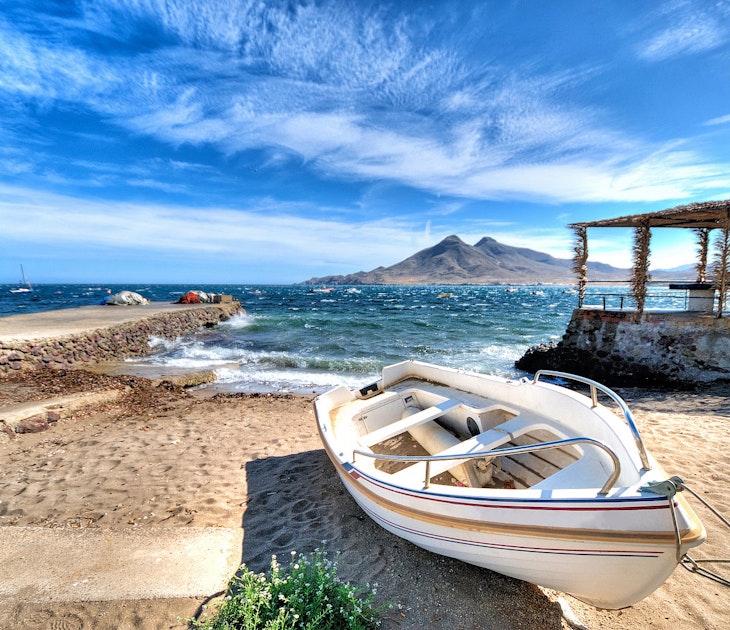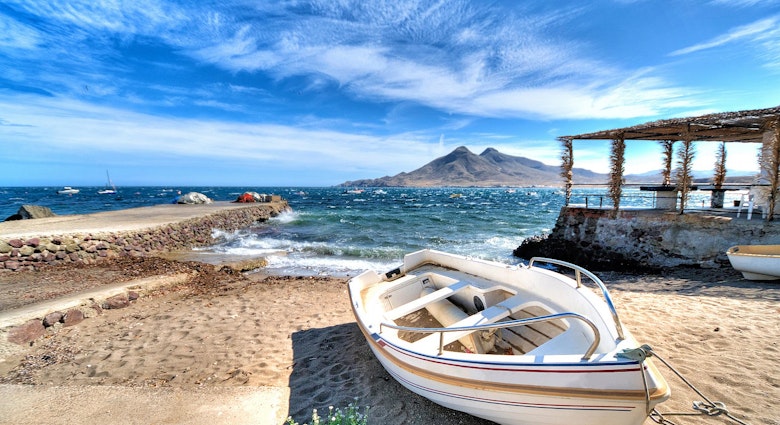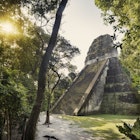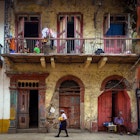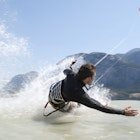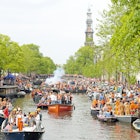The history of Nicaragua reverberates through its people, places and culture with a resonance that's found around every corner. While this little Central American nation lacks the major pre-Columbian archaeological sites found in nearby countries like Honduras and Guatemala, it's home to an extensive geological past and a fascinating modern history – visiting these historic sites throughout the country is a highlight for the culturally inquisitive visitor.
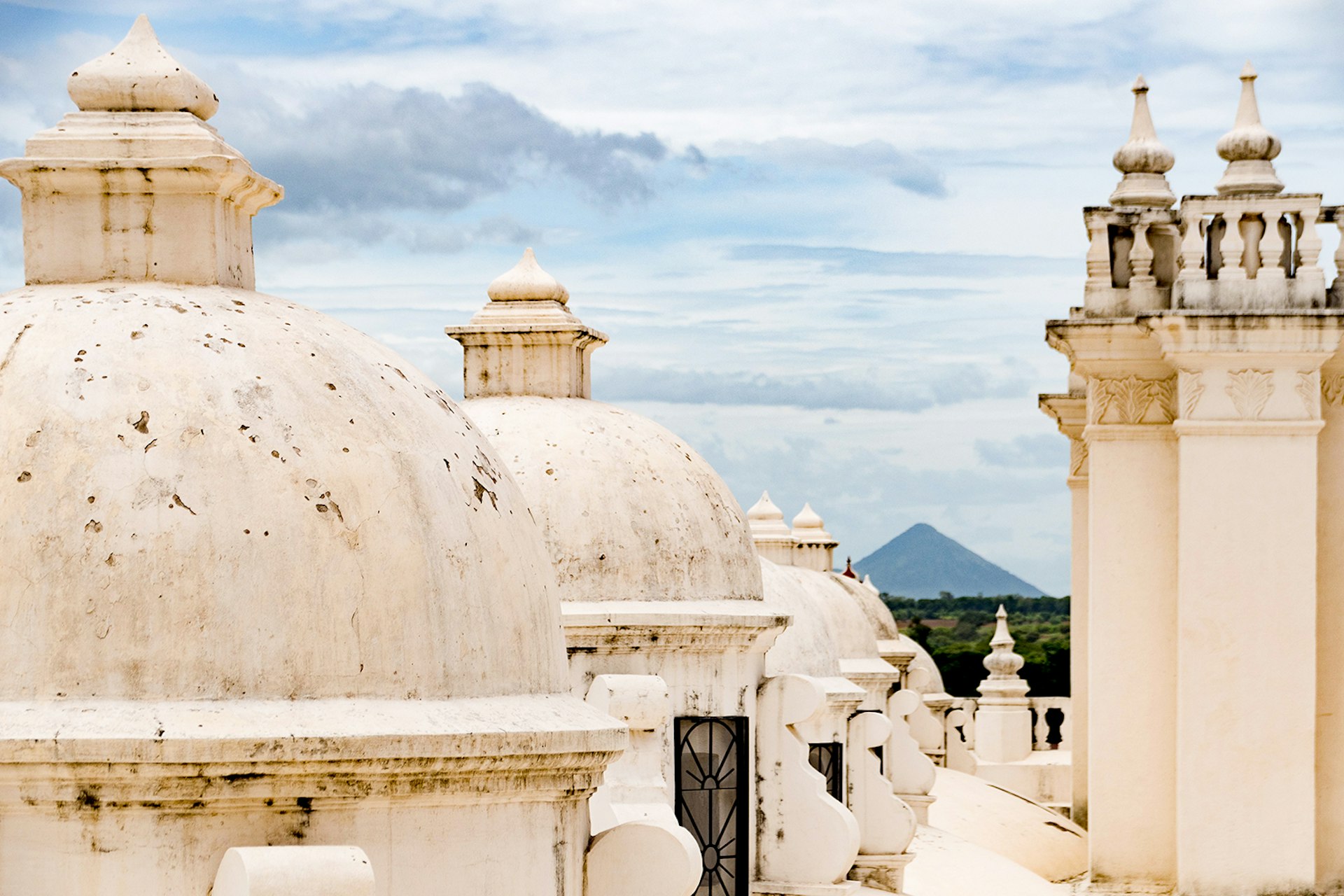
Nicaragua was forged from fire, and visits to its waterfalls and hidden lakes will connect you with the living natural history of this Jurassic land. This narrow isthmus of volcanoes, lakes, hills, pastures and swamps dates back some 500 million years – the country's geological past comes to light atop places like the towering Cerro Negro Volcano or near the twin volcanoes of Isla de Ometepe. Nicaragua's turbulent natural history mirrors its cultural one, a legacy marked by colonization, pirate attacks, the rise of the upper class, revolutionary tides, a long-fought civil war and a peace process that continues to this day.
Pre-Columbian Nicaragua
Don’t expect pyramids and huge archaeological sites here. Much of the traces of the ancient Chorotega and Nicaragua civilizations of the Pacific Coast – and the ancestors of the Rama people of the Caribbean – have been virtually erased. There are a number of worthwhile museums in Managua and Granada worth a look, however, plus a few low-key archaeological sites that will add to your understanding of this lost piece of Nicaraguan history.
Start your exploration right in Managua with a visit to the 6000-year-old fossilized footprints at Huellas de Acahualinca. There’s a small onsite museum there too, but you’re better off going to the Museo Nacional for unique glimpses into the statuary and pottery of these ancient peoples.

If exploring the pre-Columbian era interests you, Isla Zapatera on Lake Nicaragua is an unmissable highlight. Here you will find an excellent collection of petroglyphs and statues dating back some 1500 years, plus great opportunities to explore the surrounding national park. Isla Ometepe also has an excellent collection of petroglyphs worth investigating.
Arrival of the Europeans
While Christopher Columbus explored the eastern coast of Nicaragua in the early 1500s, it was later conquistadors, including González Dávila and Francisco Hernández de Córdoba, that really left their mark.
They wiped out huge numbers of native Nicaraguans – by disease or by sword – and established new towns and cities that remain today. The best samples of colonial architecture are now found in Granada to the south and León to the north.
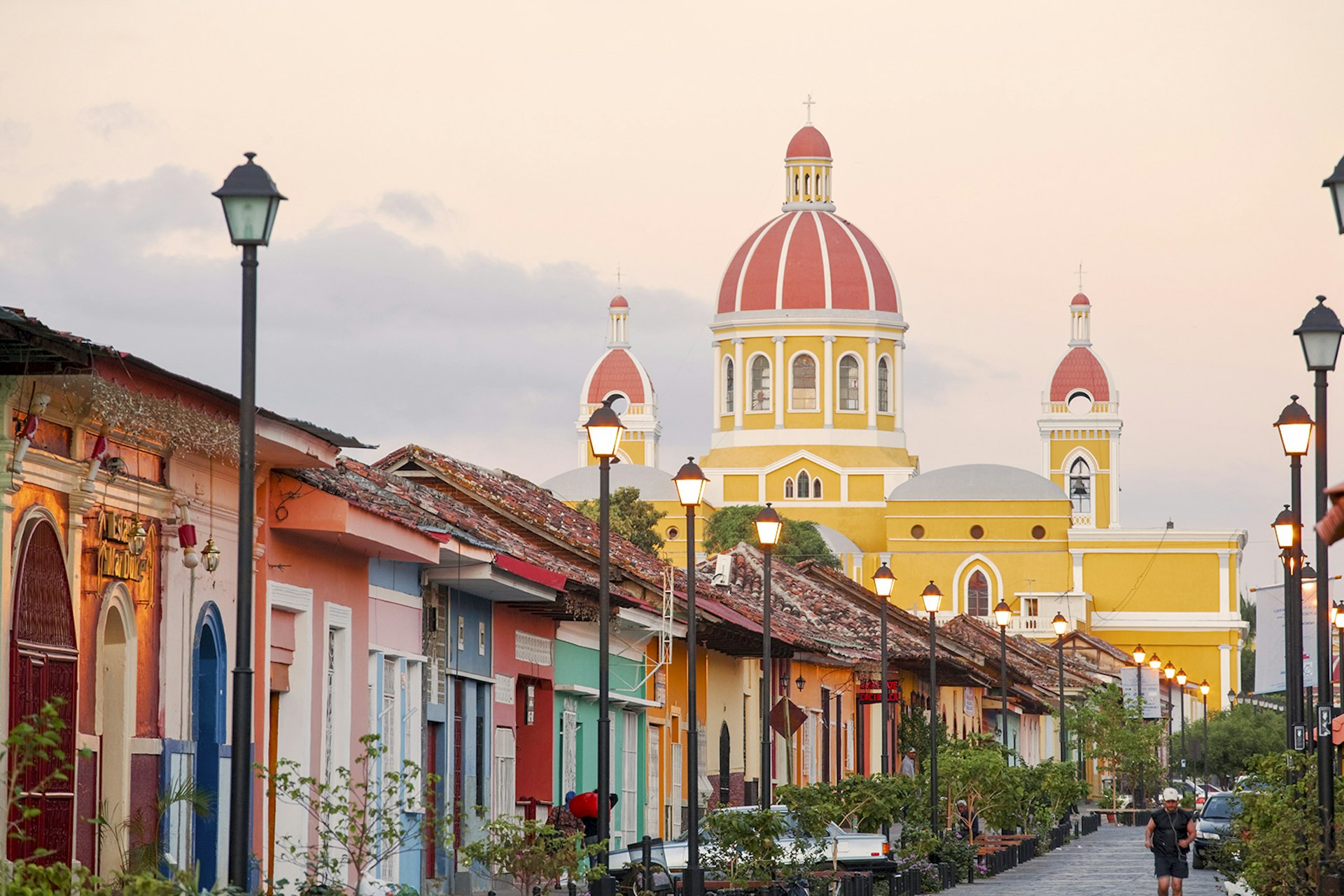
Granada can keep you captivated for several days with its cathedrals, plazas and nearby natural areas. The city center is populated by a number of historic buildings and markets – take a tour to learn the history behind these longstanding structures and institutions.
Iglesia La Merced is a stand out for its beauty, historic significance and lovely bell tower. Originally built in 1534, the church was razed by pirates in 1655. Not to be deterred, citizens rebuilt it in a baroque style 1781. The church was damaged again in 1854, when William Walker, an American physician and lawyer set on claiming Nicaragua for himself, invaded the country with an army of mercenaries. The “Filibusterer” ruled for just a short time before a coalition of Central American armies ran him out of town and had him executed. The church is a testament to the age of conquest and conversion, the non-stop pirate raids of early colonial Nicaragua, and – as evidenced every year in the Virgen de Fatima celebrations – the new-born traditions of the Catholic faith.
If Granada is majesty, then León is pure poetry. Take a day to walk through the central part of the city and visit the various monuments that make it the firebrand of Nicaraguan politics. If you wish to extend your colonial exploration, don’t miss a side trip to the ruins at León Viejo, the original site of the city and the nation’s first capital.
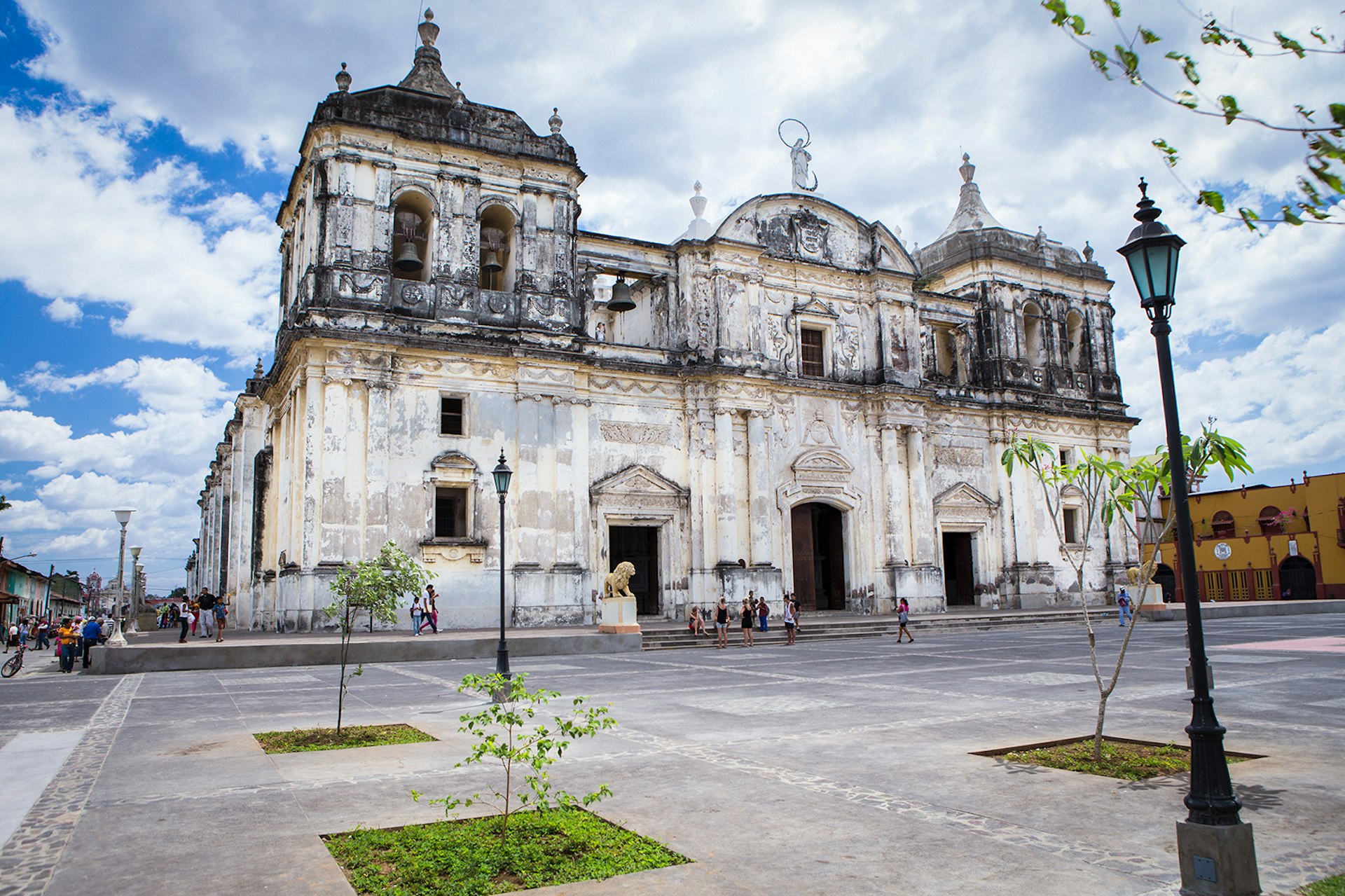
The Catedral de León has a checkered history similar to the Iglesia la Merced in Granada, having been rebuilt four times since its original construction. The original church was built in 1610 and replaced in 1624 by a wood-and-adobe structure that burned to the ground in 1685. Another temporary adobe structure was constructed here while they started work on the baroque-style church you see today. Some historians estimate it took around 100 years to complete the church.
The cathedral is also the resting place of Nicaragua’s native poet laureate Rubén Darío. After paying your respects and checking out the roof tour for views to over the delightfully clapboard city, head down to the poet’s namesake museum – Museo Rubén Darío – to learn more about the life and accomplishments one of the nineteenth century's preeminent poets.
To really immerse yourself in the place's legacy, stay the night in one of the historic hotels in the city center, like Hotel El Convento. As you look around at the elegant colonial homes here, you might see how an age of indulgence and excess led by the county's wealthiest members resulted in a revolution.
The Revolution
Despite the country's extensive pre-Columbian and colonial history, most people connect Nicaragua with the Sandinista Revolution and Contra War. León is, without a doubt, the best place to learn about this tempestuous era.
Three museums offer up excellent exhibits on revolutionary history and some sad and appalling tales from the Contra War. As you dive into this part of Nicaragua’s history, take your time to talk with the locals – who likely lived through the war and revolution – before touring the Galería de Héroes y Mártires, Museo de Leyendas y Tradiciones and the Museo Historico de la Revolución.

More interesting artifacts from Nicaragua’s revolution can be found in nearby Matagalpa; this was the base of Augusto Sandino, and a visit to the tiny-but-highly-informative Casa Museo Comandante Carlos Fonseca (Fonseca was one of the leading intellectuals of the Sandinista movement), provides interesting insights into the lives of Nicaragua’s esteemed revolutionaries. With a little more time, you can continue your revolutionary investigations with an extended route in the north that includes visits to historic Contra War sites in Estelí, Somoto and Ocotal.
While the revolution, civil war and peace process are the biggest events in recent history, a new history is now being written in Nicaragua. You can experience this first hand by visiting the new businesses dedicated to ecotourism and the growing number of sophisticated nightlife spots, boutique hotels and surf resorts; this new era of peace embraces progressive modernism and creativity while still maintaining its connection with the past.
